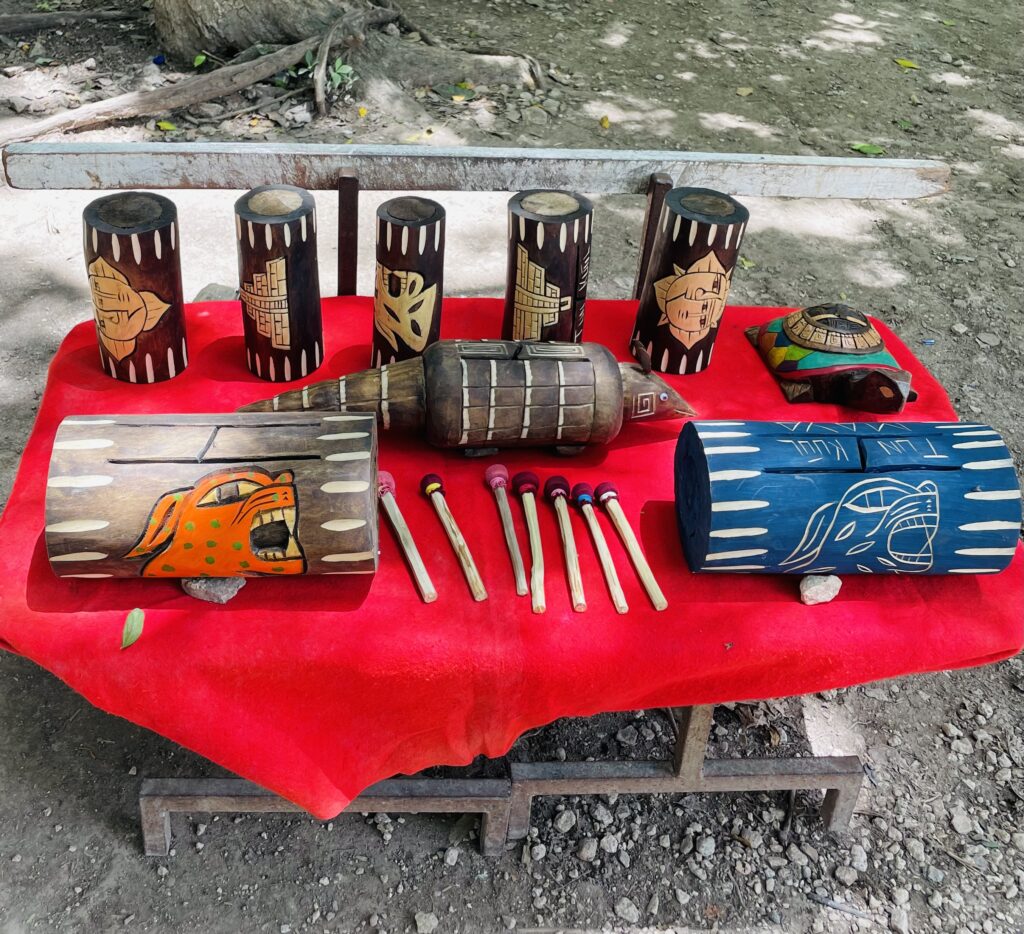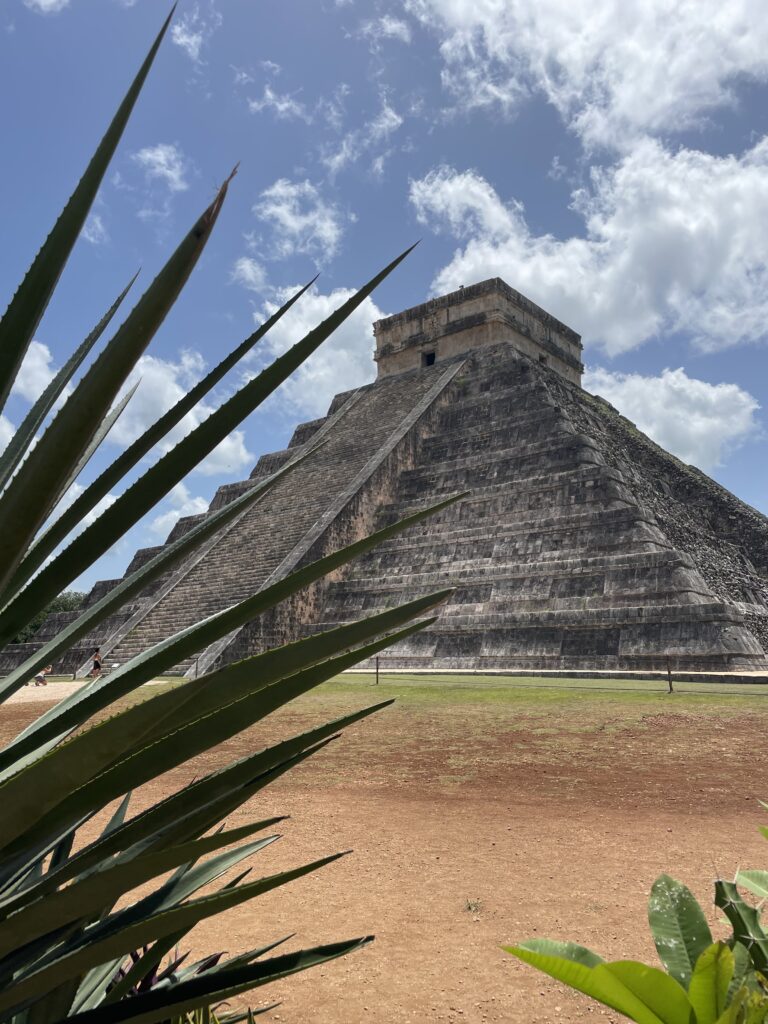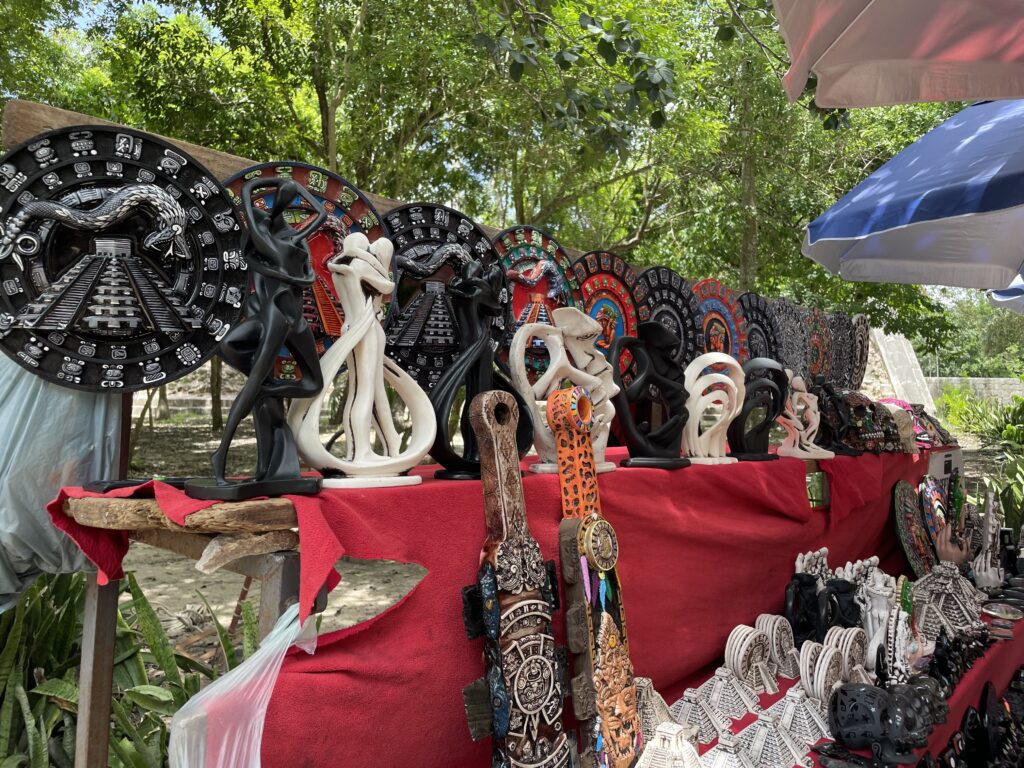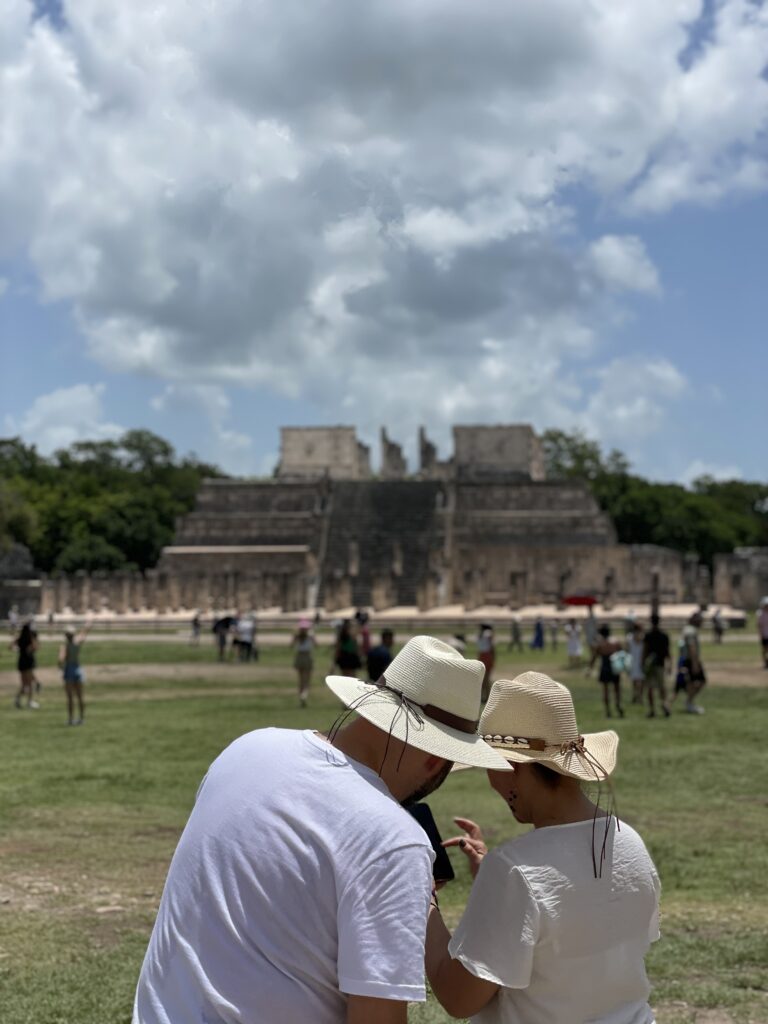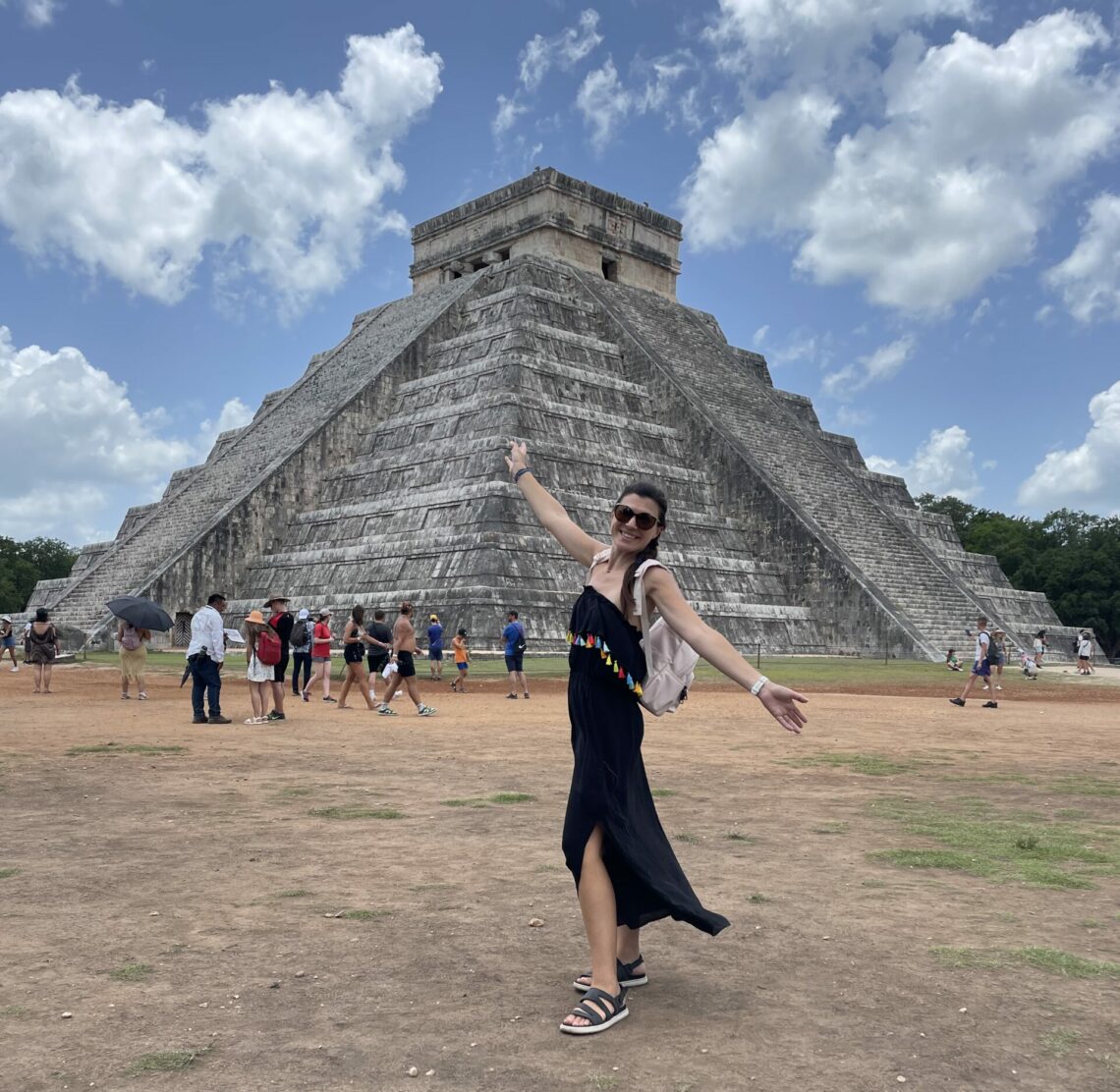
11 Interesting Facts About Chichen Itza Mexico
Chichen Itza, located on Mexico’s Yucatan Peninsula, is one of the most iconic and well-preserved Mayan archaeological sites in the world. It is also one of Mexico’s most popular tourist destinations and easily accessible from major cities like Cancun and Merida and offers a glimpse into the rich history and culture of the Mayan civilization. Here are 11 fascinating facts about this ancient city:
- Legendary Architecture: Chichen Itza is renowned for its stunning architecture, including the famous El Castillo (The Castle) pyramid. This pyramid served as a temple to the Mayan god Kukulkan and is known for its precise alignment with the equinoxes, creating a shadow that resembles a serpent descending the steps.
- Mayan Calendar: The Mayans were skilled astronomers and mathematicians, and many of Chichen Itza’s structures are believed to have been used for astronomical observations. The El Castillo pyramid, for example, has 364 steps, 91 on each side, and the platform on the top makes 365, one for each day of the solar year.
- Ball Court: Chichen Itza boasts one of the largest and best-preserved ball courts in Mesoamerica. The Great Ball Court is over 500 feet long and 200 feet wide, with walls that reach up to 25 feet in height. The exact rules and purpose of the Mayan ballgame remain a subject of debate among historians and archaeologists.
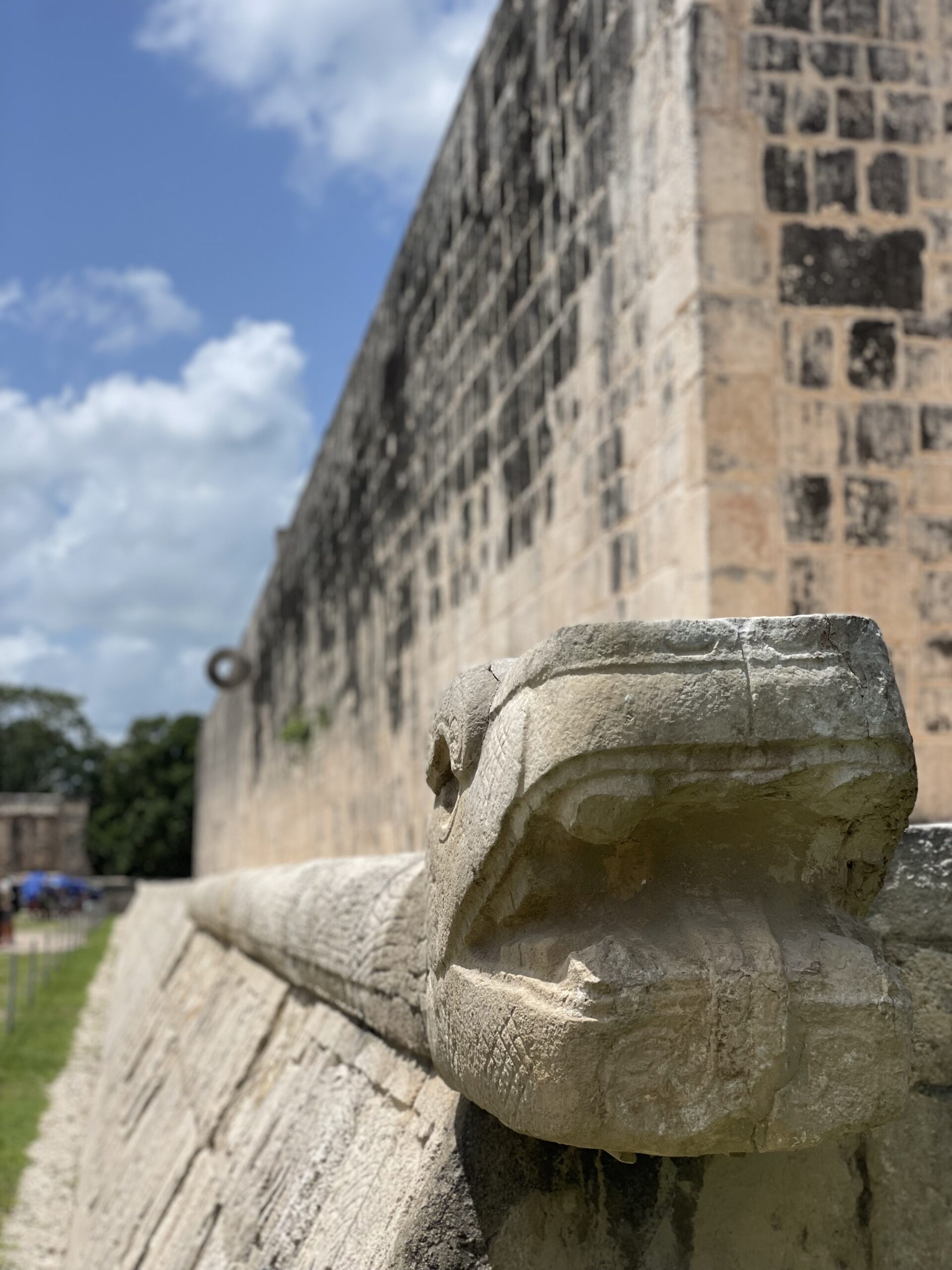
- Sacred Cenote: The city is also home to a large cenote, or natural sinkhole, known as the Sacred Cenote. It is believed that the Mayans used this cenote for sacrificial offerings, including precious objects and even human sacrifices, as a form of worship to the rain god Chaac.
- Mayan Blood rituals: Human sacrifice for the Mayan was spiritually linked to creation and rebirth. Blood was the food of the gods. A famous image carved in stone at Chichen Itza shows a victorious ballplayer holding the decapitated head of the opposing team leader.
- Architectural Influence: Chichen Itza exhibits a unique blend of architectural styles, reflecting the city’s status as a regional capital that controlled a vast area of the Yucatan Peninsula. The site shows influences from both the Puuc and Toltec cultures and was designed a solar calendar.
- UNESCO World Heritage Site: Chichen Itza was designated a UNESCO World Heritage Site in 1988, recognizing its cultural significance and outstanding universal value. It is also considered one of the New Seven Wonders of the World.
- Advanced Engineering: The Mayans were skilled engineers, as evidenced by Chichen Itza’s sophisticated water management system. The city had an extensive network of wells, reservoirs, and canals that allowed it to thrive even during periods of drought.
- Decline and Abandonment: Like many other Mayan cities, Chichen Itza experienced a period of decline and was eventually abandoned around the 15th century. The reasons for the city’s decline are still not fully understood but may have been influenced by factors such as environmental degradation, warfare, and political instability.
- Rediscovery and Excavation: Chichen Itza was rediscovered by Spanish conquistadors in the 16th century but was not extensively excavated until the 19th and 20th centuries. Today, ongoing archaeological work continues to uncover new insights into the city’s history and culture.
- Preservation Efforts: In recent years, efforts have been made to preserve and protect Chichen Itza from the effects of tourism and environmental damage. These efforts include limiting visitor access to certain areas and implementing conservation measures to ensure the site’s long-term survival.
Chichen Itza stands as a testament to the ingenuity and achievements of the ancient Mayan civilization. Its impressive structures and rich history continue to fascinate and inspire people from around the world.
